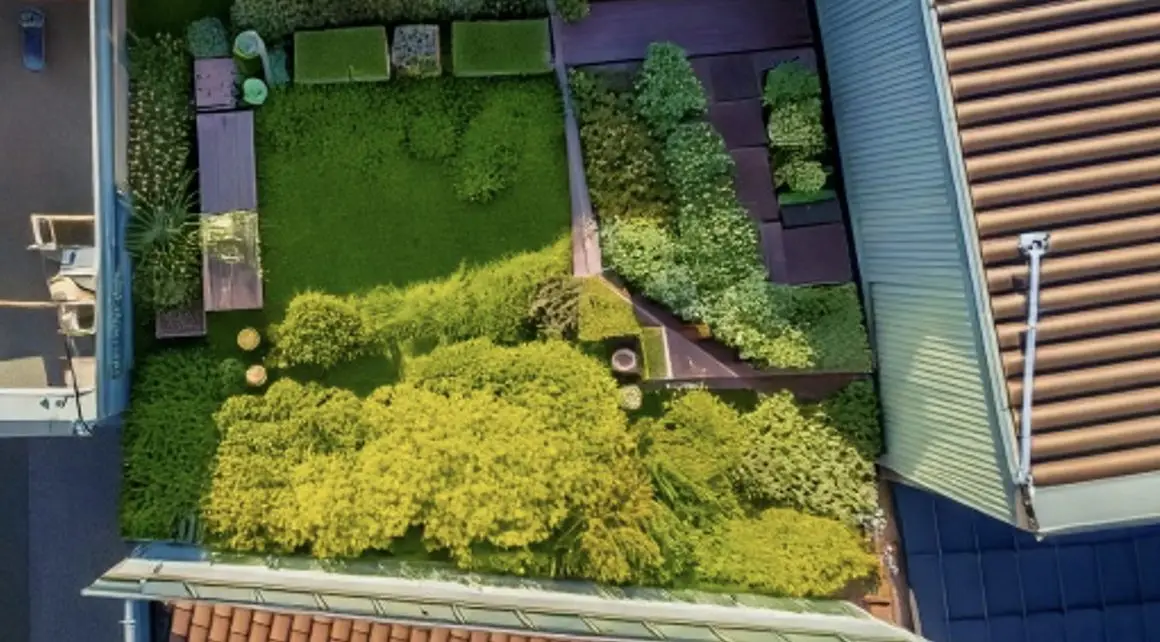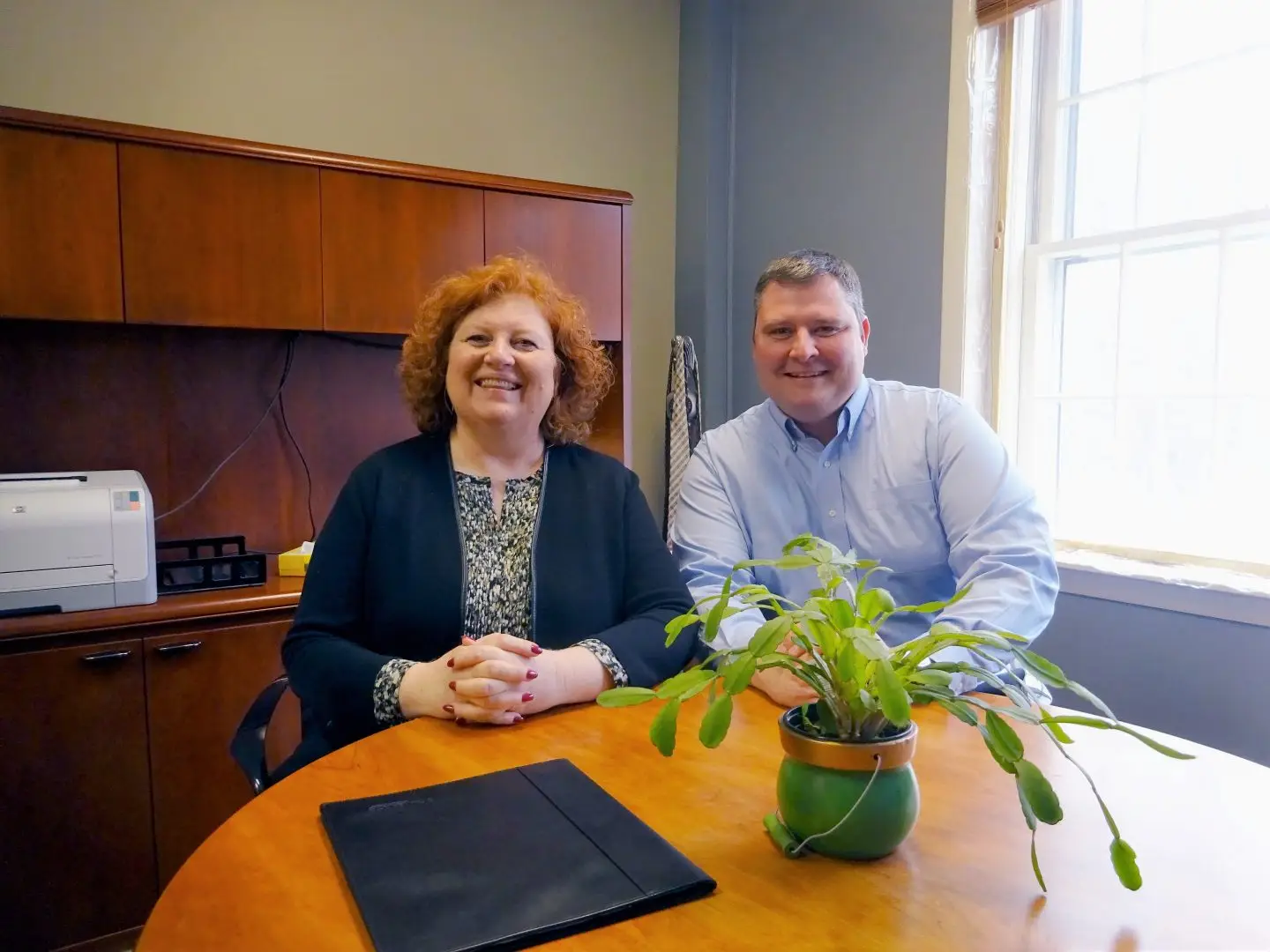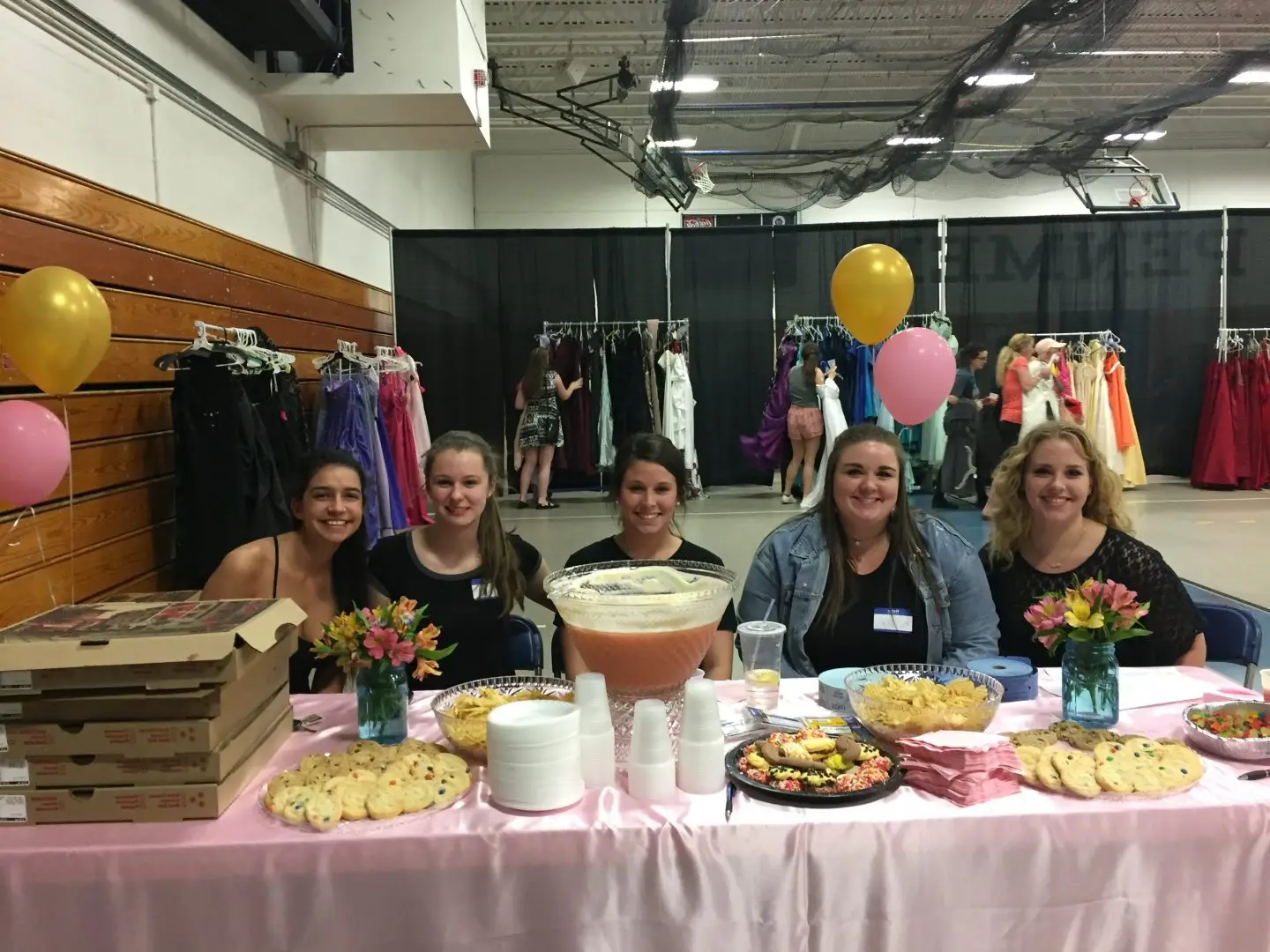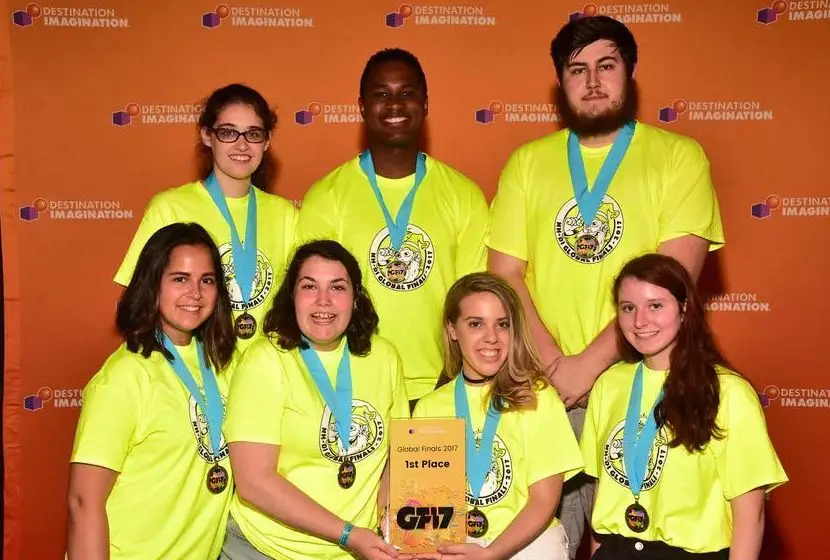Beginning in August of 2024, Dr. Aaron Collins, Associate Professor Chemistry, brought Environmental Science students together to work on an upcoming project to put a Green Roof on Paul Hall.
Green Roofs are a beneficial feature for modern infrastructure as it can reduce stormwater run-off from roofs and can reduce the heat island effect. Plants covering a portion of a building will reduce the radiant heat off of the surface and provide microhabitats for birds, butterflies, and insects. Paul Hall currently has a 1600 sq/ft section of roof that is structurally ready for the bearing of soil and plants and even has drainage infrastructure.
This project started when previous student Trevor Harrington (’24) did initial research on the types of green roof features that would be feasible and most effective on the building. These included “extensive” and “semi-intensive” plant boxes, which differ in soil depth and plant species they can grow.
After presenting his ideas to stakeholders in the spring semester of 2024, they thought that the project was worthy of further development and set Dr. Collins to the task of finding students who were interested.
“The best part about this project is that it has been completely student-driven,” says Dr. Collins. “It can be a showcase for the nobility of the students that work on the project and create a living legacy of their hard work.”
This year, the main goal of the students was to create a prototype to present data regarding the water retention and the environmental benefits of a Green Roof at Undergraduate Research Day. “I think the project has gone well, getting to prove that we can make actual change. It was awesome being on a team, feeling that we could make campus a better place for students,” says Environmental Science student Matthew Wiktor (’26).
Many of the students who are returning next year want to continue the project as independent studies and would like to grow the team to something that brings everyone together.
“Another major goal for this project is to create a strong interdisciplinary community. This process can encompass all schools and would benefit from a diverse set of minds,” says Dr. Collins, emphasizing that the team has room for students outside of the Environmental Science program.
A challenge with infrastructure like this is that the growing season is typically in the summer when students are not taking courses. Thankfully, sensors will be implemented to record data and can be used by faculty in courses and by students conducting independent studies.
“We will be designing the space to be low maintenance so summer management will be low. Faculty and student ownership will allow everyone to do research in the space and properly manage the plants and equipment.”
The process to get funding, and designing the space properly is long, the project will not be implemented for some time, but Dr. Collins and the team encourage students from all disciplines to get involved.
“The process of doing research, collecting data, and presenting meaningful results is a really amazing experience,” says Environmental Science student, Liberty Keehner (’25). With many of the students coming back next year, the project will have a strong team to continue this legacy and create a “living laboratory” for students to use.
If you have any questions about the project and want to learn more about how you can get involved, email Dr. Aaron Collins at a.collins1@snhu.edu




